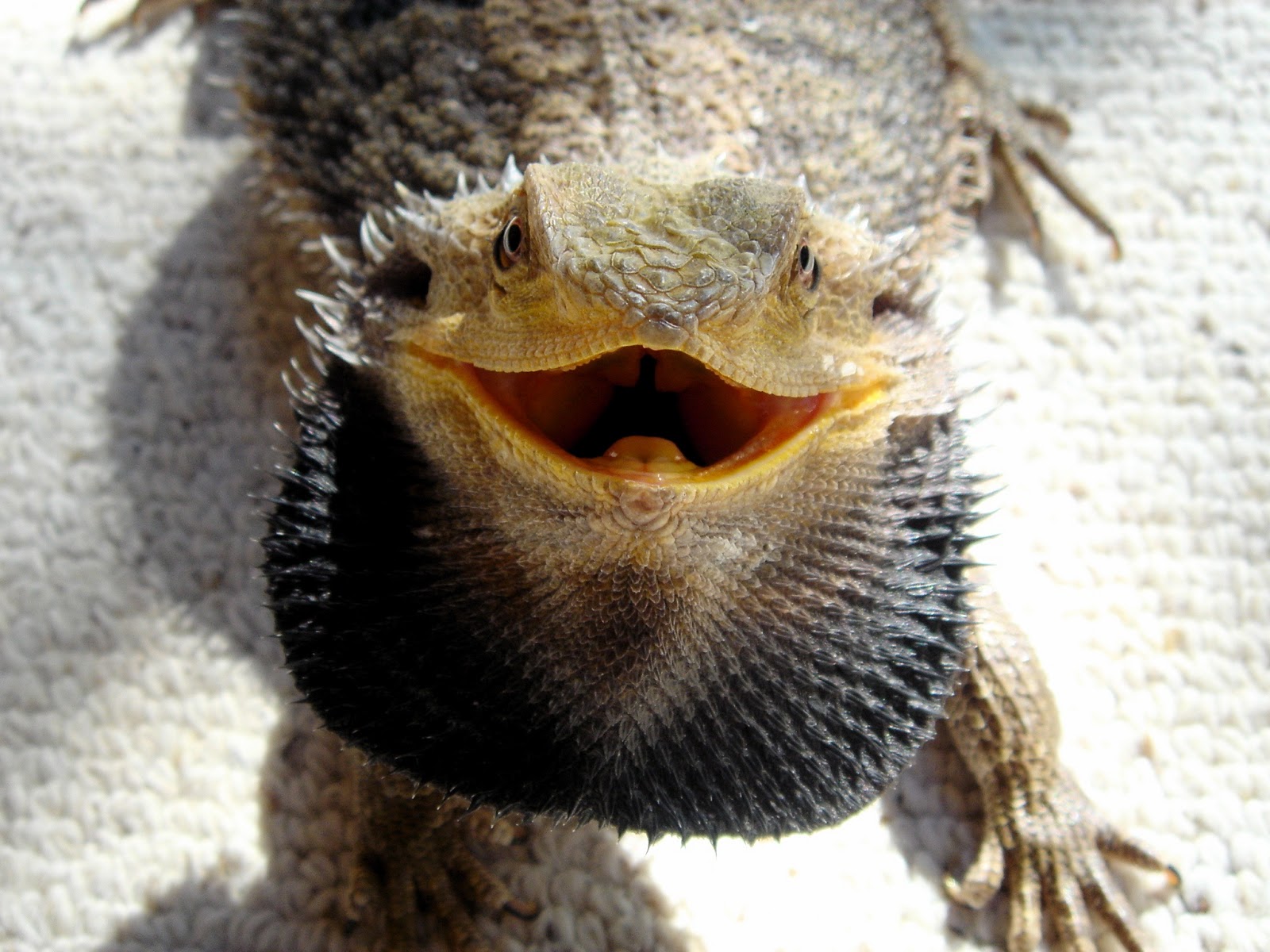10 Common Bearded Dragon Skin Problems and How to Treat Them
Introduction
Bearded dragons are wonderful pets, known for their docile, easy-going nature and unique appearance. However, like any pet, they require care and attention, particularly when it comes to their skin. Skin problems in bearded dragons can be caused by a variety of factors, including poor diet, improper housing, and inadequate moisture.
10 Common Bearded Dragon Skin Problems
1. Shedding Problems
Bearded dragons shed their skin just like other reptiles, but sometimes problems can occur during this process. Improper humidity levels or other factors can cause the skin to stick to the bearded dragon rather than coming off all at once. This can be painful and lead to infections.
2. Dehydration
Bearded dragons need plenty of moisture both internally and externally to stay healthy. Without enough water, their skin can become dry, flaky, and prone to infections. Make sure your bearded dragon has access to a water bowl and a humid hide.

3. Impaction
Bearded dragons are known to swallow objects that they shouldn’t, which can lead to impaction. This is a serious condition and can cause blockages in the digestive tract, leading to skin problems and other health issues.

4. Burn Injuries
Bearded dragons need a heat source in their enclosure, but if the heat source gets too hot or is too close to the bearded dragon, burn injuries can occur. These injuries can be painful and lead to infections if left untreated.

5. Parasites
Parasites such as mites, ticks, and worms can affect bearded dragons and cause skin problems such as irritation, inflammation, and sores. Regular check-ups with a veterinarian can help prevent and treat these problems.

6. Fungal Infections
Fungal infections can affect the skin of bearded dragons and cause problems such as itching, flaking, and discoloration. These infections can be caused by improper moisture levels, poor hygiene, or other factors.
7. Bacterial Infections
Bacterial infections can affect the skin of bearded dragons and lead to problems such as redness, inflammation, and sores. These infections can be caused by improper hygiene, overcrowding, and other factors.

8. Nutritional Deficiencies
Bearded dragons require a balanced diet to stay healthy, and nutritional deficiencies can lead to skin problems such as dryness, flaking, and discoloration. Make sure your bearded dragon is getting the right nutrients and supplements it needs.
9. Trauma
Trauma such as cuts, scrapes, and bruises can affect the skin of bearded dragons and lead to infections and other problems. Trauma can be caused by fighting with other bearded dragons, rough handling, or other factors.

10. Cancer
Cancer can affect bearded dragons just like any other animal, and can lead to skin problems such as sores, discolored patches, and unusual growths. Regular check-ups with a veterinarian can help detect and treat cancer early.

How to Treat Bearded Dragon Skin Problems
Bearded dragon skin problems can be treated in a variety of ways, depending on the cause and severity of the problem. Here are some common treatments:
1. Bathing
Bathing your bearded dragon in warm water can help soothe and moisturize the skin. Adding a few drops of tea tree oil or aloe vera to the bath can also help treat infections and other problems.
2. Medication
In some cases, your veterinarian may prescribe medication such as antibiotics or antifungal medication to treat skin problems in your bearded dragon. Follow your vet’s instructions carefully and give the medication as directed.
3. Adjusting Diet
Making changes to your bearded dragon’s diet can help treat nutrition-related skin problems. Make sure your bearded dragon is getting the right nutrients and supplements it needs.
4. Surgery
In severe cases, surgery may be required to treat skin problems in your bearded dragon. This is usually only necessary for cases such as cancer or other serious health problems.
Preventing Bearded Dragon Skin Problems
Preventing bearded dragon skin problems is often easier than treating them. Here are some tips for preventing skin problems in your bearded dragon:
1. Proper Housing
Make sure your bearded dragon has adequate space to move around, and that its enclosure has proper temperature gradients and humidity levels. This will help prevent skin problems caused by poor housing conditions.
2. Hygiene
Clean your bearded dragon’s enclosure regularly, and wash your hands before and after handling your pet. This will help prevent bacterial and fungal infections.
3. Nutrition
Give your bearded dragon a balanced diet with the right nutrients and supplements it needs. This will help prevent nutrition-related skin problems.
4. Regular Check-Ups
Take your bearded dragon to the veterinarian for regular check-ups, and bring up any concerns you have about your pet’s skin during these visits. This will help detect and treat any potential problems early.
Conclusion
Bearded dragon skin problems can be serious and uncomfortable for your pet, but with proper care and attention, they can often be prevented or treated. By following the tips and advice in this article, you can keep your bearded dragon’s skin healthy and happy.
